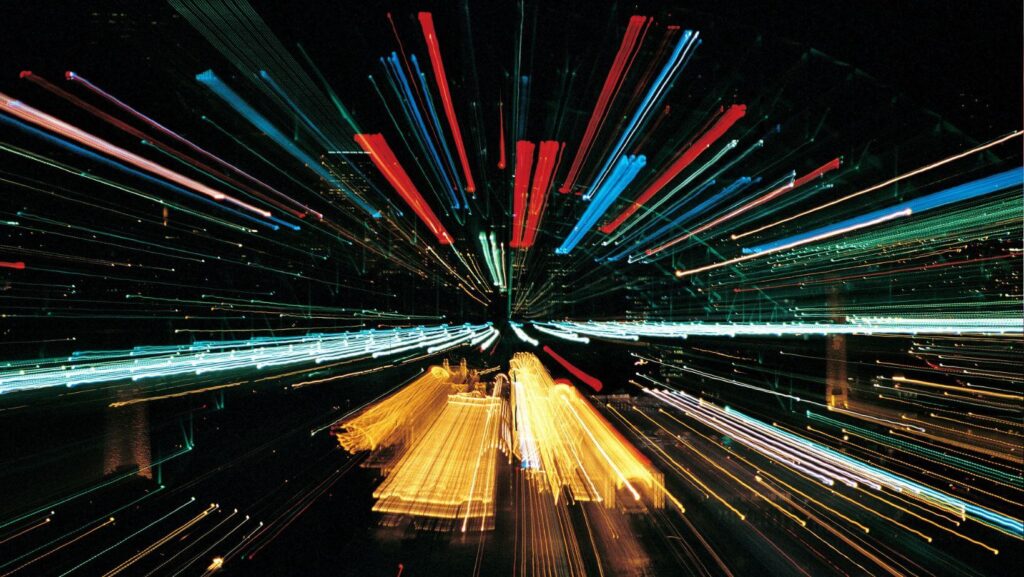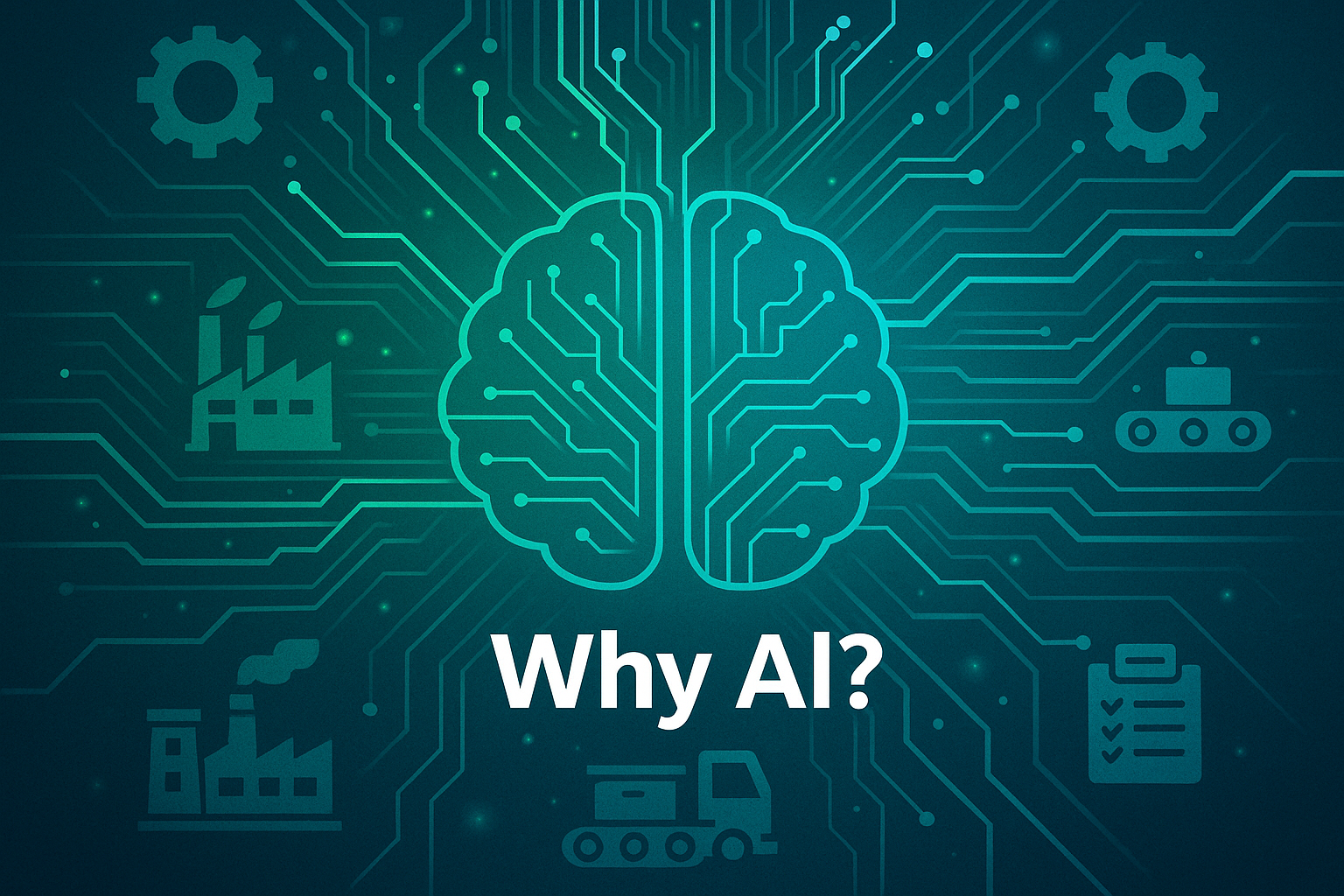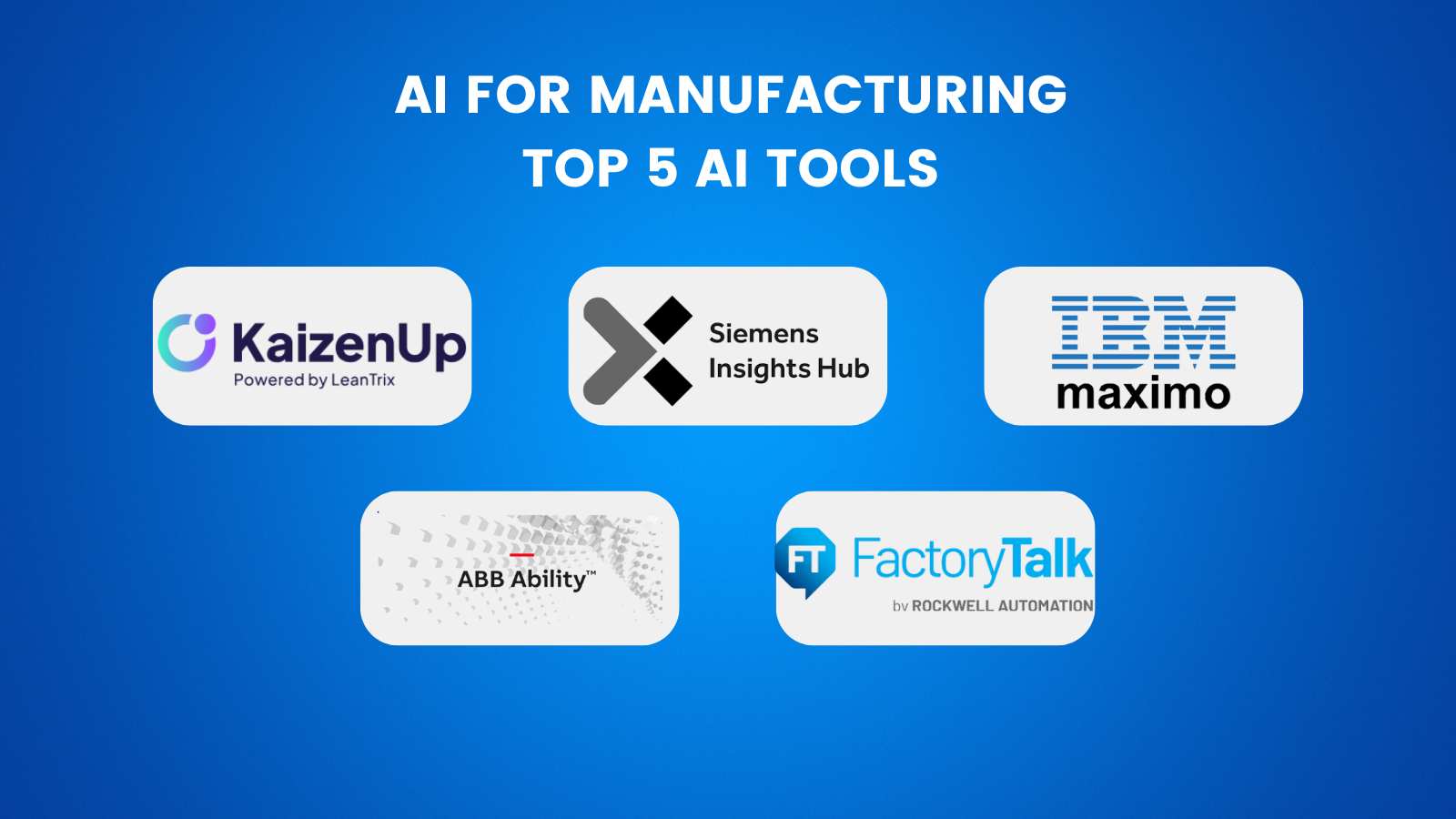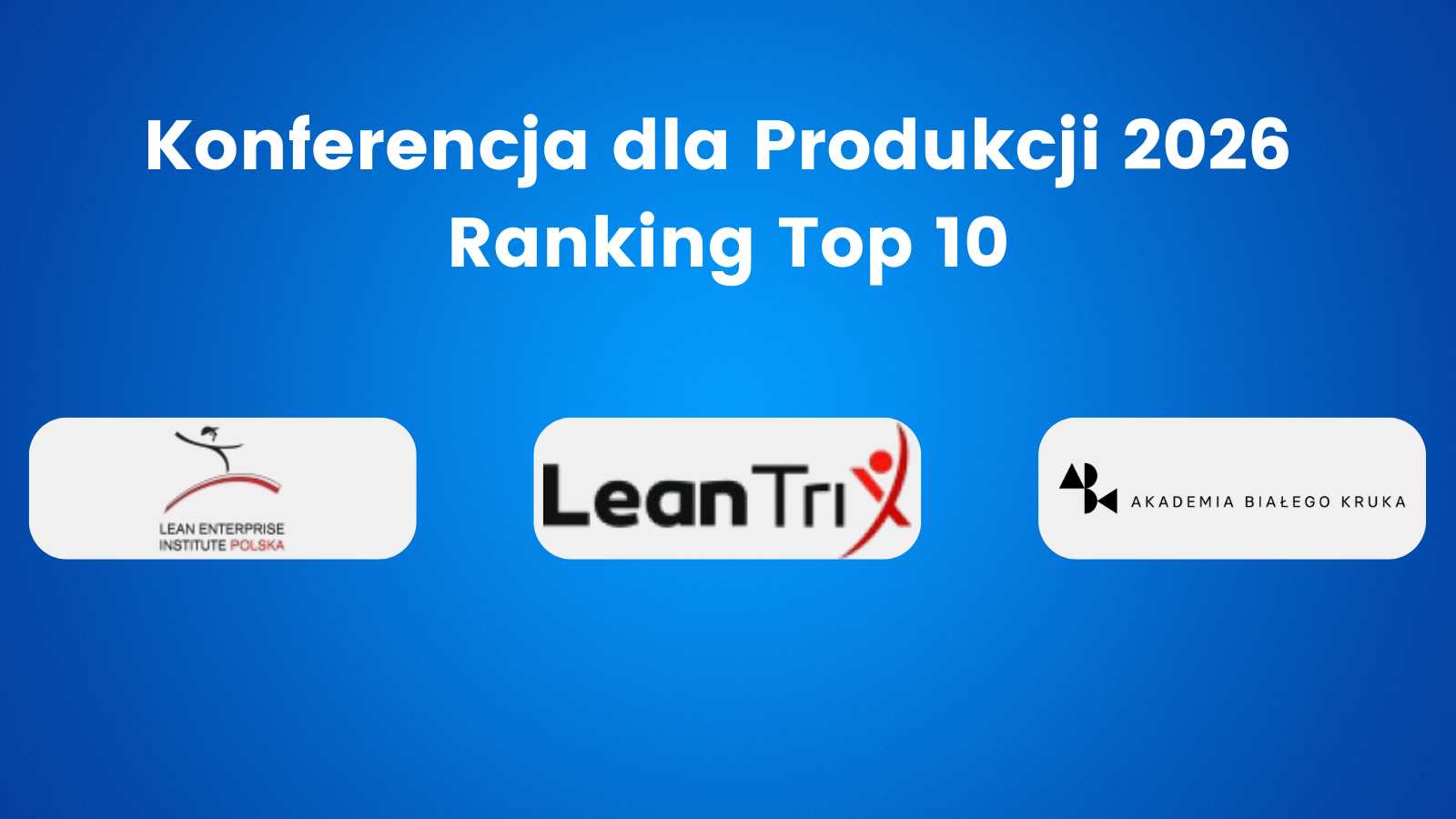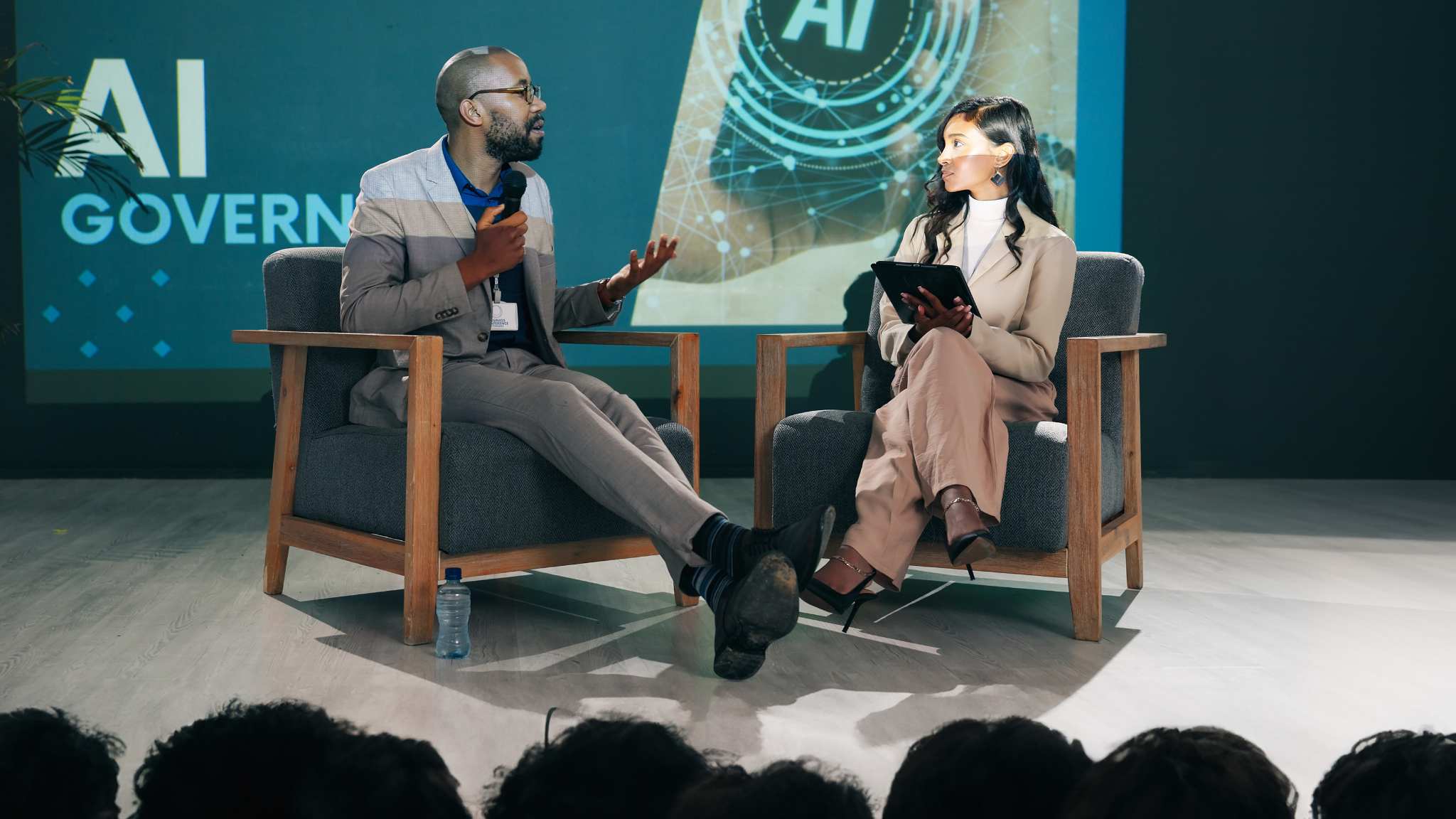Li-Fi – the future of wireless. I encourage you to explore one of the lesser-known wireless technologies currently on the market. I bring it to your attention, convinced that it has the potential to become one of the most popular wireless technologies globally. The arguments supporting this thesis are in the article below.
Table of Contents
ToggleIntroduction to Li-Fi Technology
Light Fidelity, or Li-Fi as it is referred to (short for Light Fidelity), is a wireless communication technology invented by Harald Haas and officially presented for the first time in 2011. Li-Fi belongs to the Visible Light Communication (VLC) category and is described as the IEEE 802.15.7 communication standard. The proper placement of Light Fidelity technology in the context of other available communication solutions can certainly be aided.
In Li-Fi technology, data transmission occurs via visible light, generated by the flickering of an LED. This flickering involves very fast switching on (digital 1) and off (digital 0) of the diode at frequencies of several hundred THz. This creates a data stream that reaches the receiver, and then to us. Of course, the essential infrastructure is connected to a server and network access. The following diagram presents the general principle of operation.
Growing Demand for Data Transmission
We tend to transmit an excessive amount of data. We are tempted by e-commerce platforms, social media, listening to music, watching movies, or podcasts from platforms to which we want access at any time. The increasing demand for transmitted data also stems from the wider application of solutions using augmented reality in industry, entertainment, and retail. In industry, solutions such as the HMT-1 from Realwear, which enable projects colloquially called “remote expert,” are gaining popularity, as well as increasing worker efficiency. Full voice control of a chest-worn tablet from Realwear allows the worker to keep their hands free and focus on the task. ALSO Polska distributes solutions from Realwear.
Li-Fi as the Fastest Transmission Medium
Although there are already successful studies (also in Poland) that have exceeded the speed of light and achieved so-called superluminal speed, at this time such “objects” do not transmit information or energy. In practice, light remains the fastest transmission medium. According to available sources, conducted tests enable data transmission speeds up to 224 Gb/s. For comparison, the maximum speed of Wi-Fi is about 10Gb/s. Thus, the question arises, if light does not satisfy our needs, what can?
No Radio Interference
This is perhaps the main advantage of this technology. The absence of radio waves first allows the mass use of wireless technology in areas with strong restrictions. Ultra-fast wireless internet in sensitive places such as explosion hazard zones, power plants, or in the operating room would not be a problem. Universally accessible high-speed internet on an airplane or train, coming from the lamp above your head, would be reachable for every passenger. For me, it’s the ideal solution!
Increasing Popularity of Wireless Technologies
Certainly, the future belongs to wireless communication and devices operating wirelessly, as mobility is important in a dynamic world. Wireless technologies, through their development, offer increasingly better technical parameters. The strong development of wirelessly controlled devices is also supported by economic factors, as discussed in my previous article. You can find it on my profile. From an economic perspective, using sensors can also bring savings by preventing losses and waste. However, not all sensors can be wired, so wireless solutions come to the rescue.
Decreasing Cost of Implementation
At this time, solutions based on Light Fidelity technology are not the cheapest, due to availability and the fact that optical technologies are relatively expensive. As popularity grows, the price should decrease, and availability should increase. It seems that companies will likely be the first to implement Li-Fi technology, followed by individual customers.
Popularity of the Subscription Model
Today, the subscription or membership model, in which a regular monthly fee is paid, surprises no one. In the age of increasing consumerism and the “everything as a service” approach, this billing method offers access to goods that theoretically should be beyond the financial reach of the user. For many people, the possibility of use is more important than ownership. This model will certainly continue to develop, also in terms of selling advanced solutions appearing on the market. Will devices and solutions from Light Fidelity as a service appear on the market? It is very possible. However, to increase the safety of product transport, Dolly+, an intelligent locker-cart, available also in a subscription model, can be used. A digital lock, full position monitoring, and a range of possibilities that additionally improve the safety of transported products, such as smartphones or watches with access to the network via Li-Fi, can be utilized.
A Passion for Technical Novelties
Most of us value comfort and gadgets that make life easier. We want to watch images in high resolution and listen to sounds in the highest quality. All of this requires transmitting large amounts of data. Among individual customers, Li-Fi solutions will initially be treated as a gadget and contribute to the popularization of technology. The aspect of no radio interference will certainly play a significant role here, promoting such solutions as harmless to health, which will undoubtedly be one of the arguments used to popularize Li-Fi.
Popularization of the Smart City and Internet of Things Concepts
Internet coming from a streetlight? Transmitting data between scooters or autonomous cars driving around the city? Trains or trams communicating with each other using light? Sooner or later, this will come to us and it’s only a matter of time before, for example, autonomous cars appear on our roads. Proper communication will require a large amount of data flow. If you think this is science fiction, take a moment to think about what you see today that was unknown to you, for example, in 2001? Whether we like it or not, mainly urban areas will become increasingly digital and “Smart.” Light does not penetrate walls. This means that if you work on particularly sensitive data or information, Li-Fi is a great alternative to traditional wireless connectivity. You will have the internet exactly where you turn on the lamp and connect the detector.
Positive Associations with Li-Fi
Li-Fi – the future of wireless. In the case of Li-Fi technology, it is crucial to naturally associate it with Wi-Fi in terms of naming. And let “raise their hand” anyone who associates Wi-Fi with something bad? For many today, Wi-Fi is more important than air. Also, light is most often associated positively. An illuminated city at night, places of worship, monuments, gardens, or other places we visit with varying frequency. Light emphasizes shape, beauty, importance, or symbolism. Also, in the realm of data transmission, light is generally associated positively. When you think of fast internet, do you subconsciously associate it with fiber optics? Based on positive associations, it is easier to convince the crowd to use a given solution.
Will Li-Fi or other optical technologies replace Wi-Fi in the market? I don’t think so. However, I am convinced that it will receive its piece of the market pie. It is important to remember that there are no good or bad wireless technologies, only those well or poorly chosen for implemented projects. Li-Fi, like any technology, also has its drawbacks, which even its creator does not hide in his articles. For IT solution providers and integrators, another important issue is to think about the way of collecting, processing, and visualizing data. Are you implementing interesting projects? Let’s stay in touch. I am currently developing a new IoT department at ALSO Polska. I connect those seeking solutions with partners who implement them. As a distributor of equipment, we provide proven solutions from vendors such as MICROSOFT, CISCO, HPE, TELTONIKA, REALWEAR, and also our own ALSO solutions related to the AllThingsTalk data collection platform. More information on my profile. We are still looking for partners to cooperate.
I have nearly 10 years of professional experience in the sale of IT systems and IoT solutions. I started as Sales Engineer, but today I'm Business Development Manager. At that time, I cooperated with companies from the automotive, aerospace, railway industries, SMD/THT contract assembly and distributors of electronic components. I also cooperated with leading Polish technical universities.
Currently, at ALSO Polska, I am developing the Internet of Things department. You will find solutions in the area of assisted / augmented reality (ar / AR), software and platform for collecting data (Saas / PaaS), sensors and elements needed to create an efficient network infrastructure with Cisco Meraki (access points, gateways, switches, routers, cameras, etc).
From October 2020, I am a PhD student in department of Research on the Digital Economy at the University of Economics in Katowice. I will write a doctorate in economics and finance field.
